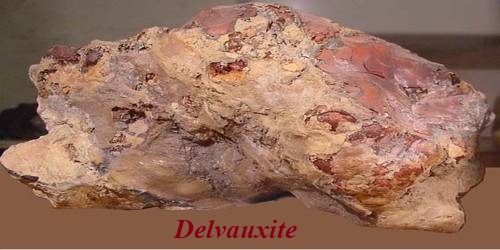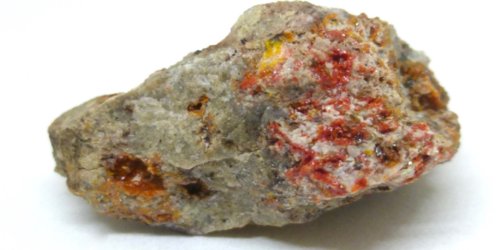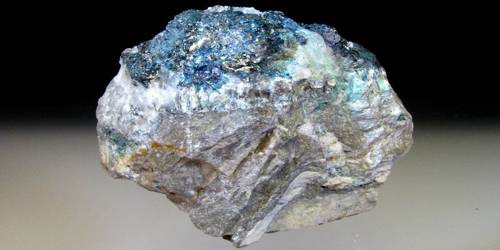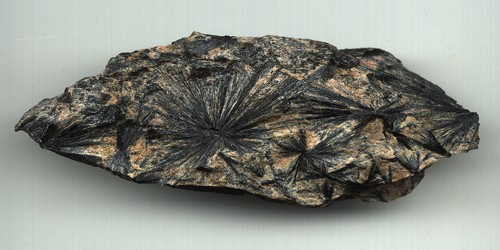Delvauxite, also known as borickite, is a yellow to brown to dark brown amorphous mineral, sometimes forming a botryoidal mass. It is a mineral approximately consisting of an ill-defined hydrous phosphate of iron. Its chemical formula is CaFe4(PO4, SO4)2(OH)8•(4-6)H2O. It may sometimes form stalactites.
It was first described in 1838 by a Belgian chemist, Dumont and dedicate to J.S.P.J. Delvaux de Fenffe (1782–1863). It was found in Bernau, Liege, Belgium and Stredocesky, Czech Republic.
General Information
- Category: Phosphate minerals
- Formula: CaFe4(PO4, SO4)2(OH)8(4-6)H2O.
- Color: Yellow to brown to dark brown
- Lustre: Vitreous, Waxy, Greasy
- Specific Gravity: 1.85
- Crystal System: Amorphous

Properties
Delvauxite is a yellow or brown amorphous mineral, sometimes forming a botryoidal mass or stalactites.
- Transparency: Translucent, Opaque
- Streak: Yellow, pale brown
- Hardness: 2½ on Mohs scale
- Fracture: Conchoidal
- Density: 1.85 g/cm3 (Measured)
- Cleavage: None
Occurrence: In gossan (Nenaˇcovice, Czech Republic).
Association: Diadochite, vivianite, pitticite, melanterite, “limonite”.
Information Source:
















